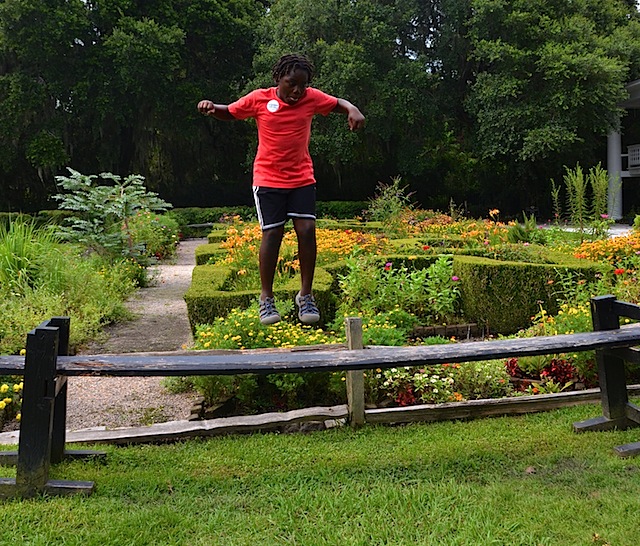

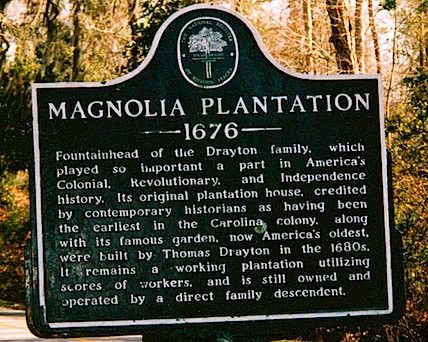
above: at Magnolia Plantation — Kyle jumping on a joggling board, Magnolia’s signature Long White Bridge, a historic marker sign
We spent yesterday at Magnolia Plantation. One thing that we knew, for sure, when embarking on this trip this summer, was that we wanted to visit a plantation. There are many of them open to the public in and around the Lowcountry. Braydon and I had visited plantations years ago, before the bambinos were in our life. So we knew what to expect, and we knew how intense it would be to tour one with our (interracial, adoptive, black-white) family. The other times we’ve visited the Lowcountry with our family, we knew we were not yet all ready for a plantation. But this time we knew that we were. So, Braydon did his (extensive) research [he is very good at that], and chose Magnolia. And yesterday was the day.

As white parents raising black boys we are very cognizant of our responsibility in educating them on black history. It is complicated, and challenging — to say the least. Kyle is, and has always been, much more intellectually interested than Owen. At this point, at age 9, Kyle is extremely interested — and is willing, and able (emotionally and psychologically), to take on an incredible amount of information, no matter how intensive and grueling that information is to process. He is like a sponge for it, and he just can never seem to get enough. He will probe and probe and probe and wants only the most brutally honest, historically factual, truth. Most people would be shocked (and some would probably be appalled) at the depth and level at which we are discussing incredibly complex topics with Kyle: Africa, slavery, U.S. History, Haitian History, the Revolutionary War, the Civil War, the Civil Rights Movement, black history. These are some of Kyle’s favorite topics. Owen, on the other hand, usually chooses to opt out of these conversations.He likes — and wants to know — some, and he probably knows a lot more than most kids his age. But, at least for now, he has little desire to dig deep into what is usually a very challenging topic for us all. He doesn’t want, and/or knows he can’t handle, too much information. And that is o.k.
So, when planning our trip to Magnolia Plantation, Braydon and I strategized very purposefully. We started the day exploring the grounds, seeing one very basic slave cabin, and visiting the farm/petting zoo area. Then we all did the tour of “The Plantation House.” We lucked out with a great tour guide — an older African-American woman who immediately took great interest in, and care for, our three kids (the only kids in a group of about 30) during her spinning of the information on our tour. She answered Kyle’s (many) questions with patience and grace, she let Owen go behind the fenced off areas more than once, and she pinched Meera’s cheeks repeatedly telling her how beautiful she is. She was a wonderful tour guide.
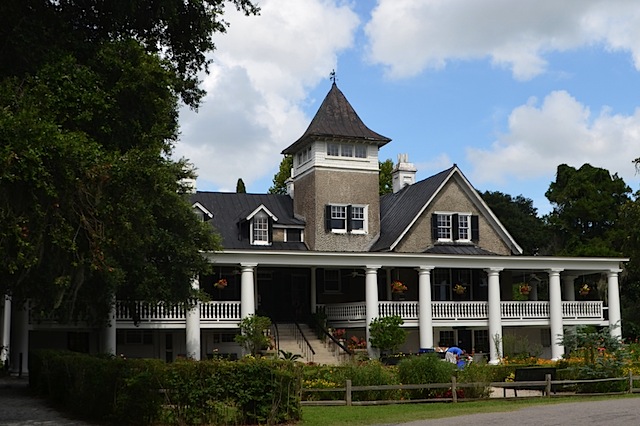

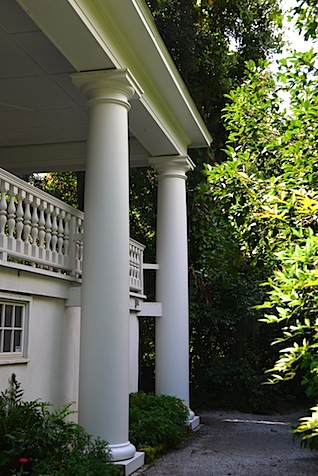
When that tour was done, Owen was clear that he was done. He was saturated, and we wanted to be careful not to push him, and this was exactly what we had anticipated, so we moved forward with our plan: Braydon took Owen and Meera to play and explore the gardens, riverfront, and woodsy trails. And I took Kyle to proceed with the more intensive parts of the plantation. Because Kyle, of course, was barely just getting started and was pushing hard for more, more, more, more, and more.
Kyle and I spent the rest of the time digging deep into the African-American, and slave, history of the plantation. One of the reasons Braydon chose Magnolia was because of the option to add on the “From Slavery to Freedom” tour to the basic admission. It was perfect for Kyle. He could have spent hours and hours and hours on the African-American history part.
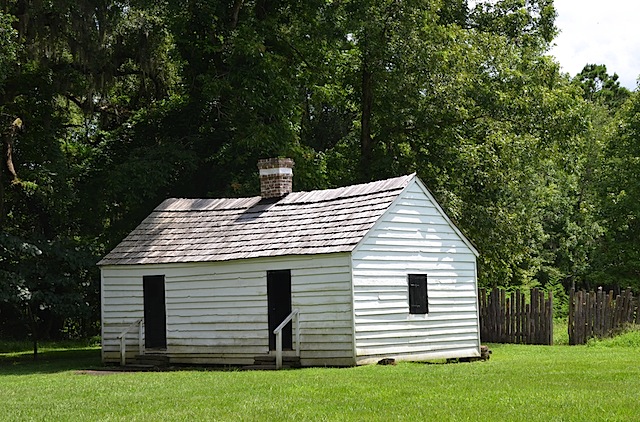
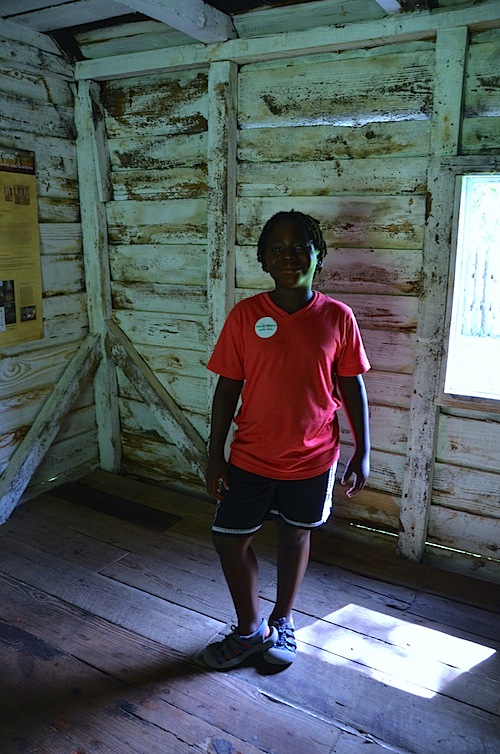


On the From Slavery to Freedom tour, Kyle and I were immersed in the history of southern U.S. slavery, plantation and slave life, and we got to see — firsthand — some of the original slave cabins on the plantation. It is an incredibly interesting, and incredibly challenging experience. We learned so much.
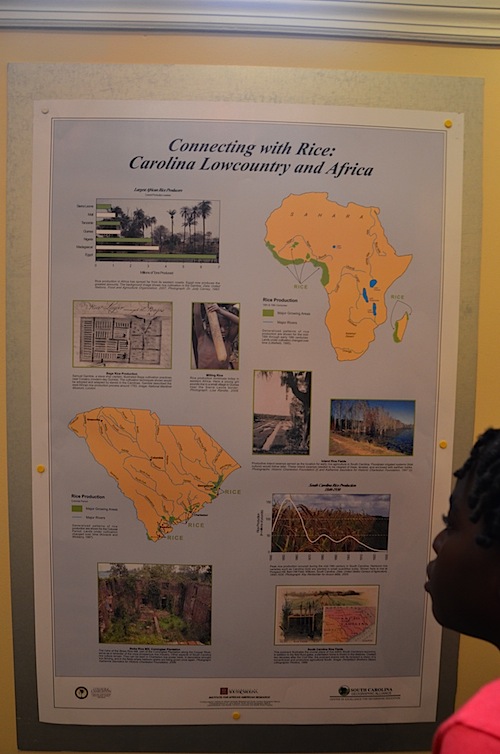
And, of course, the plantation is gorgeous too — with its historic plethora of gardens and its mystic-looking majestic oaks dripping with Spanish moss everywhere you look.

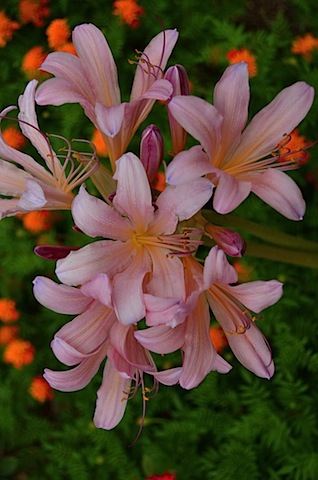
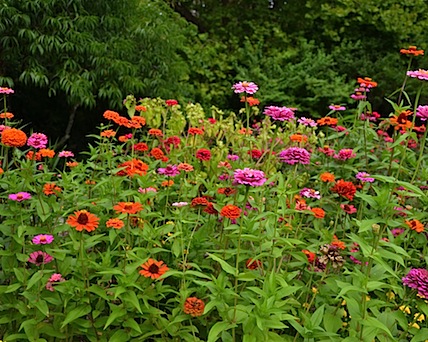
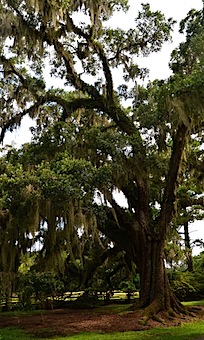

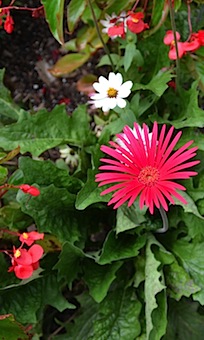
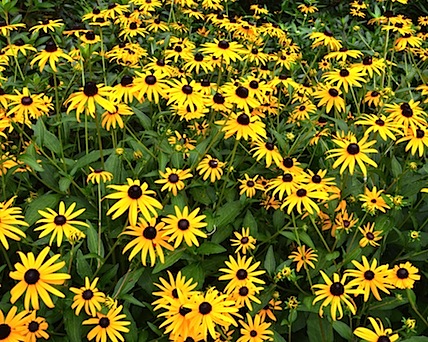
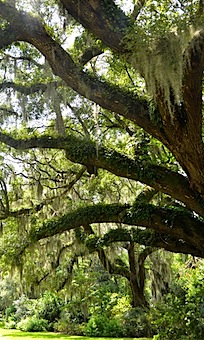
It should go without saying that the whole day was a pretty profound experience. One of the things that draws us to the Lowcountry is the accessibility to Africana history, Gullah/Geechee culture, and the roots of black American life. The history here is not in the past. It is right at the surface, ripe and open to possibility. It is a wealth of opportunity for exploring, experiencing, and learning.
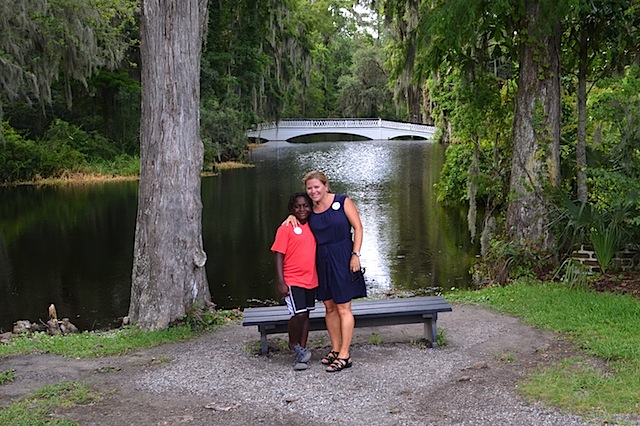
p.s. We just happened to go to Magnolia Plantation on their “Ladybug Day.” This is a day, once a year, when they release 70,000 ladybugs into their gardens as part of a strategy for keeping their horticulture healthy. They gave small containers of ladybugs to some children yesterday — Meera included — to release wherever they chose throughout the plantation. Meera had great fun doing this!
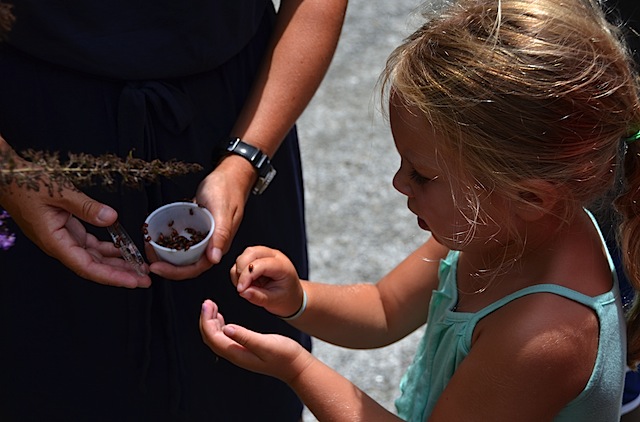
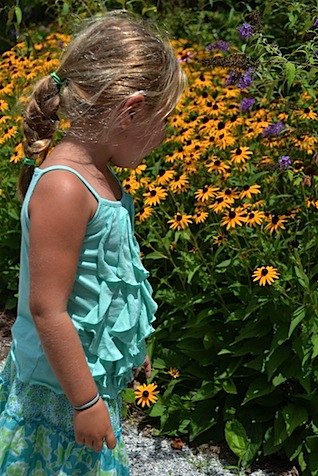
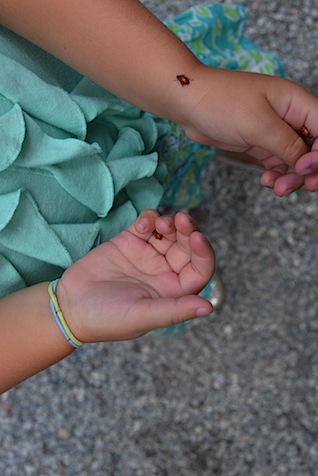
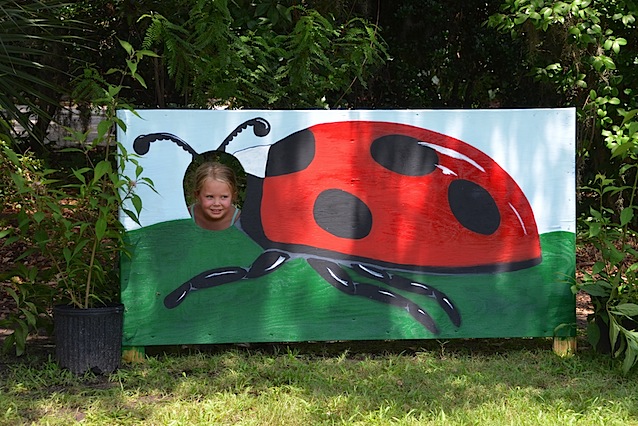
What a great experience. This part of your trip reminds me of visiting this area a few years ago. Absolutely beautiful. A great way to teach your young children about African American history. Hilton Head, SC is a great area to visit, too. Are you guys going there? Enjoy your summer!
Thanks Heather for taking the time to share your visit (illustrated beautifully both in pictures & words) of Magnolia Plantation! <3 I've added it to our travel "wish list" and hope to make it happen in the near future!
My dad was a Geechee. His ancestors originate in and around Lane, SC. His ancestors, on both sides of the family were slaves. Our family tree ends in the 1860’s where the census in the south only had the slave owner tell the number of male and female slaves that were a certain age. I took the tour at the Smithsonian institute of the typical slave quarters that were found on most plantations. I think that Kyle would like that. I learned much information….I was surprised that slaves worked through the night when there was a full moon and that slave children began field work as young as 3. Thank you again for your sensitivity to your boys’ culture and for being a wonderful, caring mother.
What an unforgettable experience for your whole family. Thank you (again!) for sharing such an important piece of your life with us.
Enjoy your last bit of summer vacation!
Thanks for sharing! It looks gorgeous there. It must have been so overwhelming to see it all in person. I’d love to check it out one day.
Your vacation looks incredible!!! Makes me want to visit there.
Hi Heather,
Thank you for sharing this post with us, this part of US History is something I don’t have physical access to so I really appreciate this and hope one day to visit either this Plantation or another one sometime. Sounds like a really unforgettable experience and I really appreciate how much time and thought you and Braydon put into the visit so all your children could recieve the maximum experience they could without each other’s preferences/behaviours having precedence over another. One day I hope we can connect offline in real life.
Thanks again for writing about this experience so senstively and thoughtfully.
– Kate